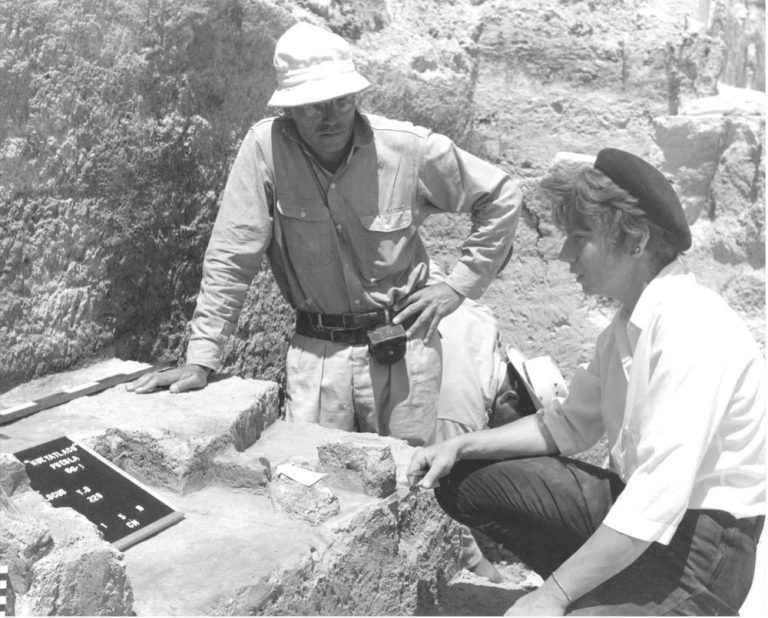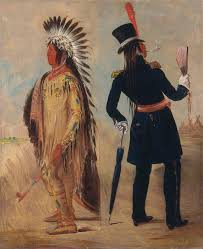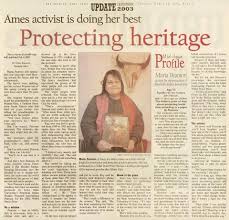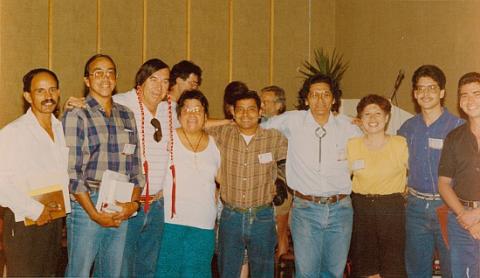This had been occurring ever since the first archeological digs in the country. As they understood it, white men were 'civilized', and deserved a dignified burial but natives were 'savages' who deserved no basic human rights.
Restoring Honor: NAGPRA Restoring Rights and
Responsibilities to Native Graves
Archeology
Archeological Racism

Photo by Sapiens News
Archeologists dig up remains as part of their job, but when they dug up the remains of both a Native American and a pioneer body, they would rebury the pioneer and then send off the Native to a museum or scientific laboratory, even if living people still have memories of the deceased.
"excavation and analysis of human remains has been the archaeological norm, certainly prior to the passage of NAGPRA, and even to the present, and archaeologists have defended this norm in print"
Powell and Klesert
"“But they understood it and wrote about it in terms of civilization and savagery. And it's taken us a long time to get away from that and to recognize the qualities and the essential philosophies that Indigenous societies possessed and possess"
Deloria and Calloway

The American Experience in the Classroom
The Rosa Parks of NAGPRA
In 1971 Maria Pearson, a member of the Yioux tribe, found out that during road construction in Iowa, remains of both white men and Native Americans were found and excavated by archeologists. However, while all 26 white men were quickly reburied by the transportation commission, the Native American mother and child found were sent to labs for tests and experiments.
"You can give me back my people's bones and you can quit digging them up"
Maria Pearson

Ames History Museum
Because of this, Maria decided to start a protest outside of the state capitol of Iowa, and was granted the opportunity to talk to the Iowa governor Robert D. Ray. When asked what he could do for her, she said that the state could "give [her] back [her] people's bones and [they could] quit digging them up." After this meeting, Maria was very active in talking to legislators until finally the Iowa Burials Protection Act was enacted in 1976. This was the first law in the country specifically protected the rights Native Americans had over their remains.

Ames History Museum